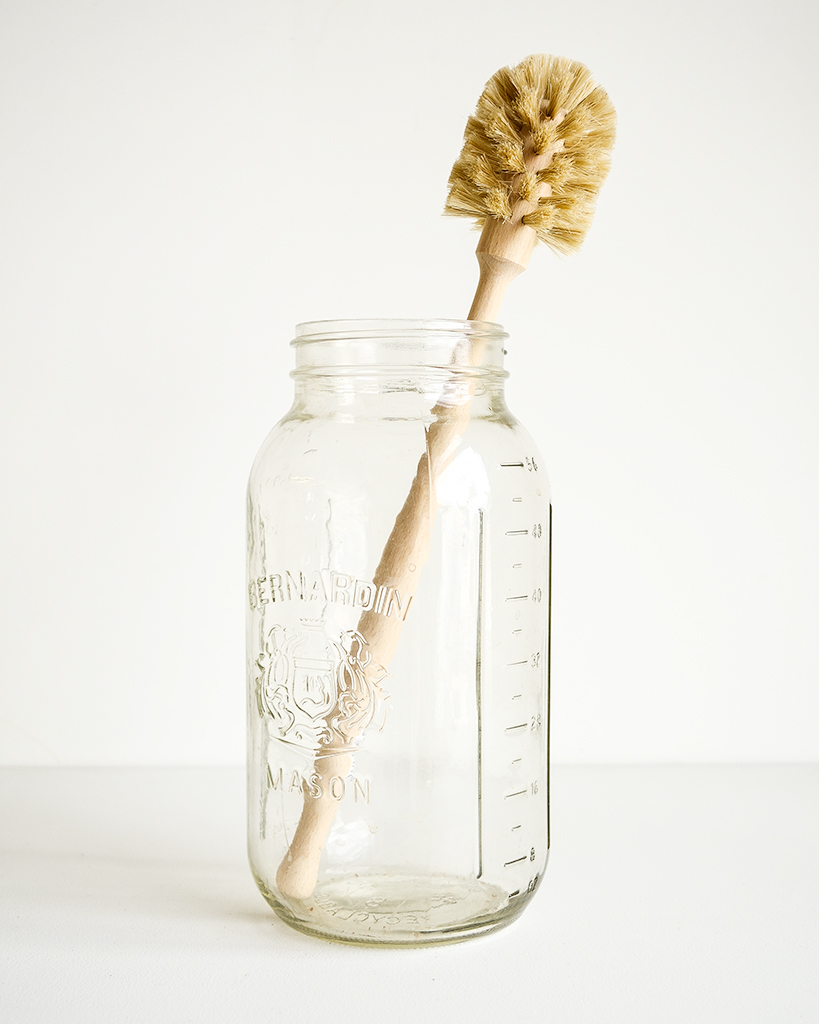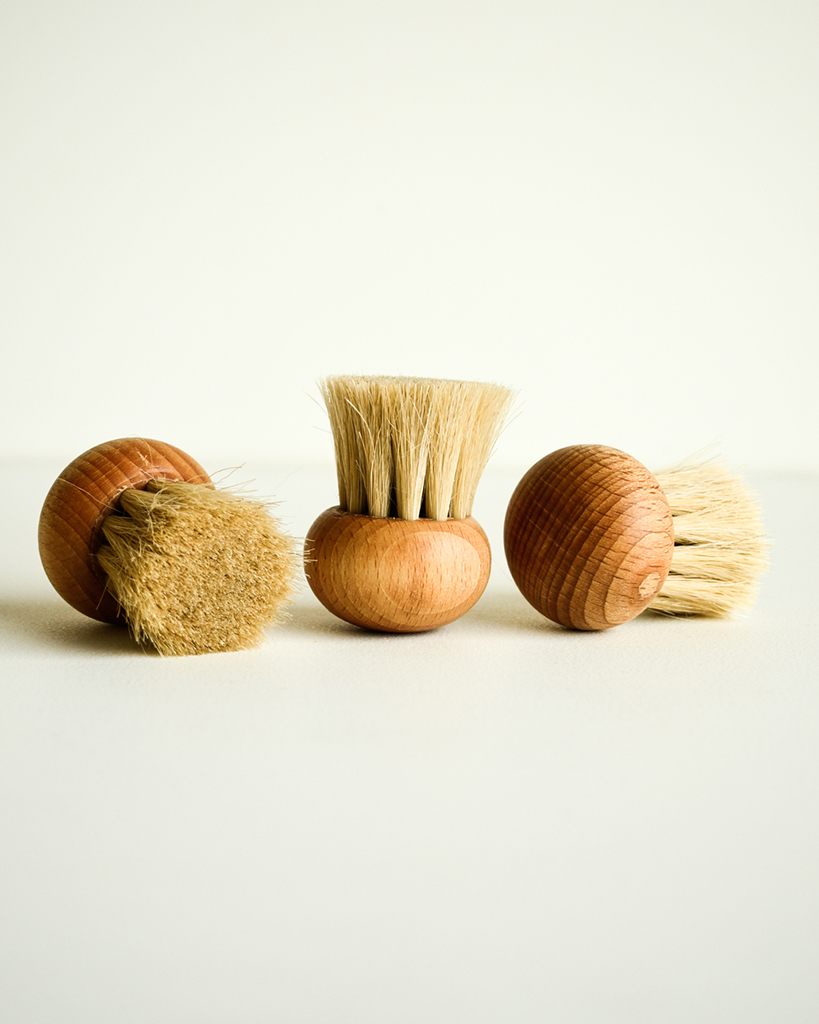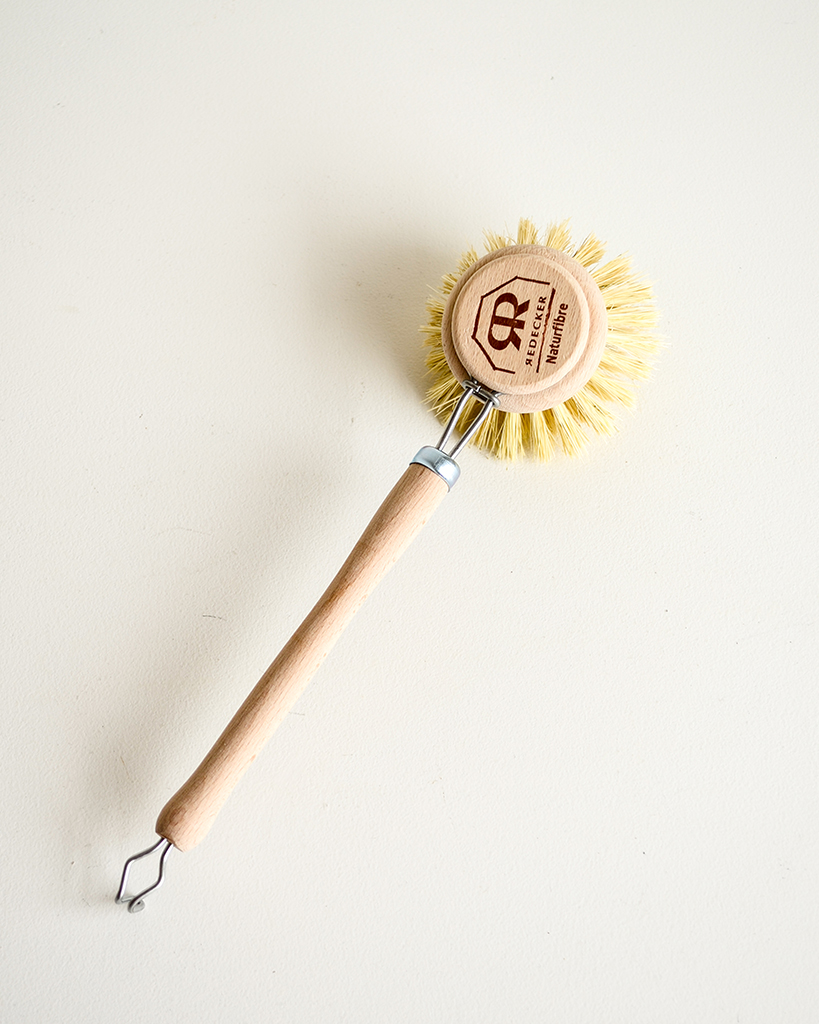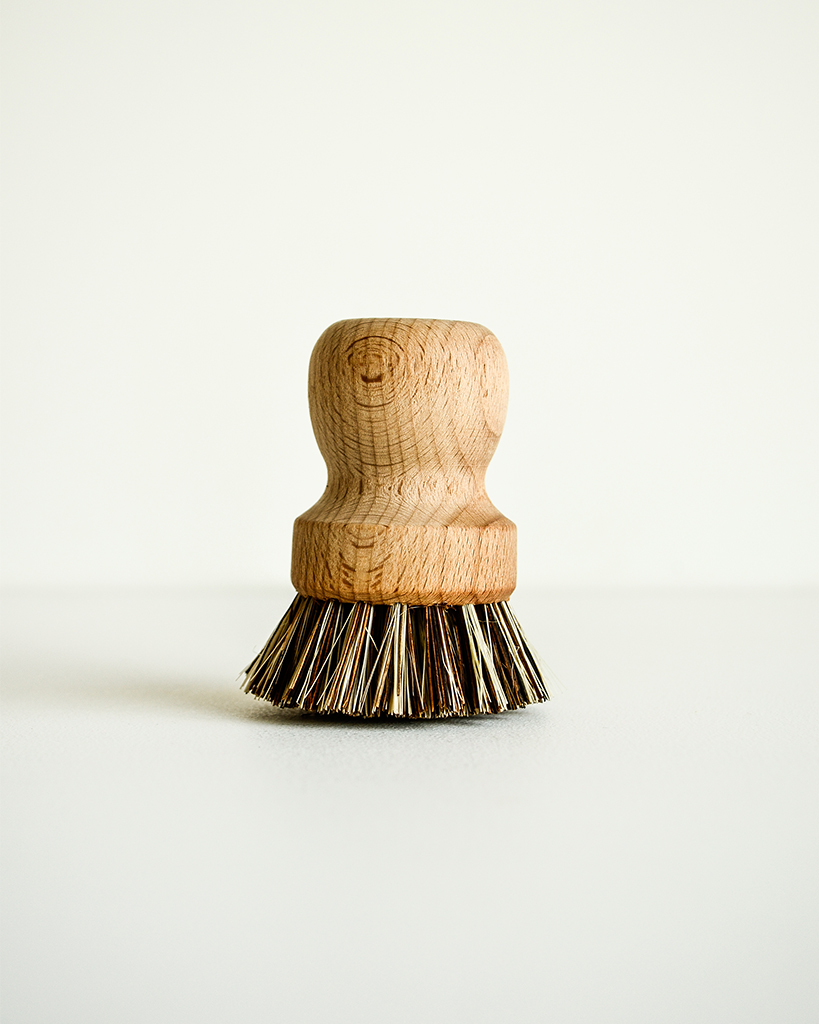Going Zero-Waste In the Kitchen
[IMAGE-1]
SOBERINGLY, THE PRESENT REALITY IN THE WORLD is that plastics are all around us—they are the pillar propping up modern-day convenience, and our dependence (and acceptance) of them is spelling disaster for the Earth. Our schedules have become so packed that we feel we lack the time to seek out alternatives, or the willpower to resist prepackaged, single-use convenience items. And yet I feel hopeful, as awareness leads to action, which leads to change—in this case, change lies in reducing our dependence on plastic and eliminating a little of the waste produced in our kitchens, arguably the most wasteful part of the home. Honestly (and I speak from experience), beginning to make the switch is the toughest part and as you build momentum it becomes addicting, each small victory adding to the thrill (and the occasional guilt-trip when you slip, but hey, it's all part of the process). Here are some basic concepts of going zero-waste in the kitchen (adopting these practices has meant that my family produces nearly no actual 'garbage' as a result of kitchen waste).
1.
REFUSE—The first and most powerful step is to take a look at the cupboards or the grocery cart and eliminate any items that are unnecessarily overpackaged or are developed for single use. Bottled water and coffee pods are the most blatant examples. Search for alternatives such as filtered water and a good, durable reusable water bottle, and go zero waste with your coffee with a coffee press or a Chemex with a reusable coffee sock filter. I would argue it takes less time than a drip coffee maker. Swap one thing out at a time so that the process feels manageable and you aren't trying to break many habits at one time—it increases the chances of lasting change and success.
2.
PLASTIC WRAP—There is no more satisfying product to quit using than plastic wrap. It's horribly wasteful and a pain to use. And yet, somehow, it still finds a place in almost every kitchen. Consider instead using beeswax wrap, which is quite literally natural cloth embedded with beeswax. You warm the wrap with your hands and it will stick to itself, then it hardens in the fridge, sealing whatever it is you are preserving. The wrap breathes so that gasses which overripen fruit/vegetables is released and excess moisture is not trapped, keeping things fresher for longer. The wrap is totally reusable for about a year, then 100% biodegradable after use. To make the most of your wrap be sure to only wash when necessary using COLD water and a small amount of gentle soap on when needed. You could also try linen bowl covers too!
3.
PARCHMENT PAPER—another popular disposable item is parchment paper. Admittedly, it's very versatile and easy to use, and we're guided in cookbooks and tempted to use it often especially when roasting or baking in the oven. And it's just paper, right? Not exactly. It is made from paper, but it is then treated with an acid during production to give it high stability and high heat resistance, which is then coated with a nonstick material, typically silicone. Not recyclable, not compostable... just garbage. The best alternative are silicone baking/roasting mats (like Silpat or Sil Eco) which can be used indefinitely and work just as well. We truly love them!
4.
KITCHEN TOOLS—from dishcloths to spatulas to brushes, there are a lot of tools in action in the kitchen. While wooden spoons are a classic must-have, consider replacing other items with products that biodegrade as well, especially those that are in high rotation. Replace dishcloths with reusable plant-cellulose versions that you can compost and replace dish brushes and other kitchen brushes with wooden versions like these (shown here). Redecker, a German family-owned brand that makes everything by hand, makes brushes of every kind that are fully biodegradable (their dish brush features replaceable heads and the metal parts are removable for recycling—shop Redecker below.)
[IMAGE-2]
5.
GLASS JARS / CONTAINERS—are your friend like never before. Mason jars are inexpensive, abundantly available and so very versatile. You can use them to purchase and store bulk items (stay tuned for our zero-waste shopping guide coming soon) or leftovers, or trick them out for use on the go. You can buy lid adaptors to turn them into drinking cups or smoothie containers, and there are entire cookbooks out there on how to layer food/salads in them so they don't go soggy for lunch.
6.
MAKE YOUR OWN—cleaners are another area that can easily be cleaned up (pardon the pun). You can make your own easily with vinegar, water, and some lemon or thyme essential oil (we've written about this before here, here, and here). For products you won't be making anytime soon, like dish soap, see if there is an option near you to purchase from a source that offers refills.
7.
RECYCLE—This seems like such a no-brainer but without intimately knowing what and how your district recycles its really easy to make mistakes that reduce the chance of your blue bin contents actually being recycled. Find out exactly what can and cannot be recycled (and buy accordingly), and also make sure you know how to process your recycling. For example, food contamination often causes recycling to be diverted to the landfill.
8.
COMPOST—Between recycling and composting you will be able to produce almost zero landfill waste in your kitchen. Organic waste makes up 26% of landfill waste in the US, and an anaerobic environment in landfill means that even organic waste doesn't break down very well in landfill, even contributing to dangerous greenhouse gases. If you don't have municipal organic waste pickup (check first, you might be surprised), managing a compost heap is easy to do if you have the space and a little time. You can get fancy if you're super committed (such as practicing vermiculture indoors), or you might be able to find a depot that accepts compost (often at the local farmers' market). If this option works for you, store your biodegradable compost bag in the freezer—this prevents any messy oozing and makes transporting your compost to the depot really easy. Some cities have even developed amazing businesses that collect compost and turn it into soil (black gold) for sale—an example is The Compost Club in Chicago. I suppose my point here is do a little research and find a way, there is always a way!
Shop Pure Green + Sustain
Always sustainable and nontoxic products for smart living.
Wood + Natural Bristle: Bottle Brush | Mushroom Brushes | Dish Brush | Pot Scrubber
 |
 |
 |
 |


